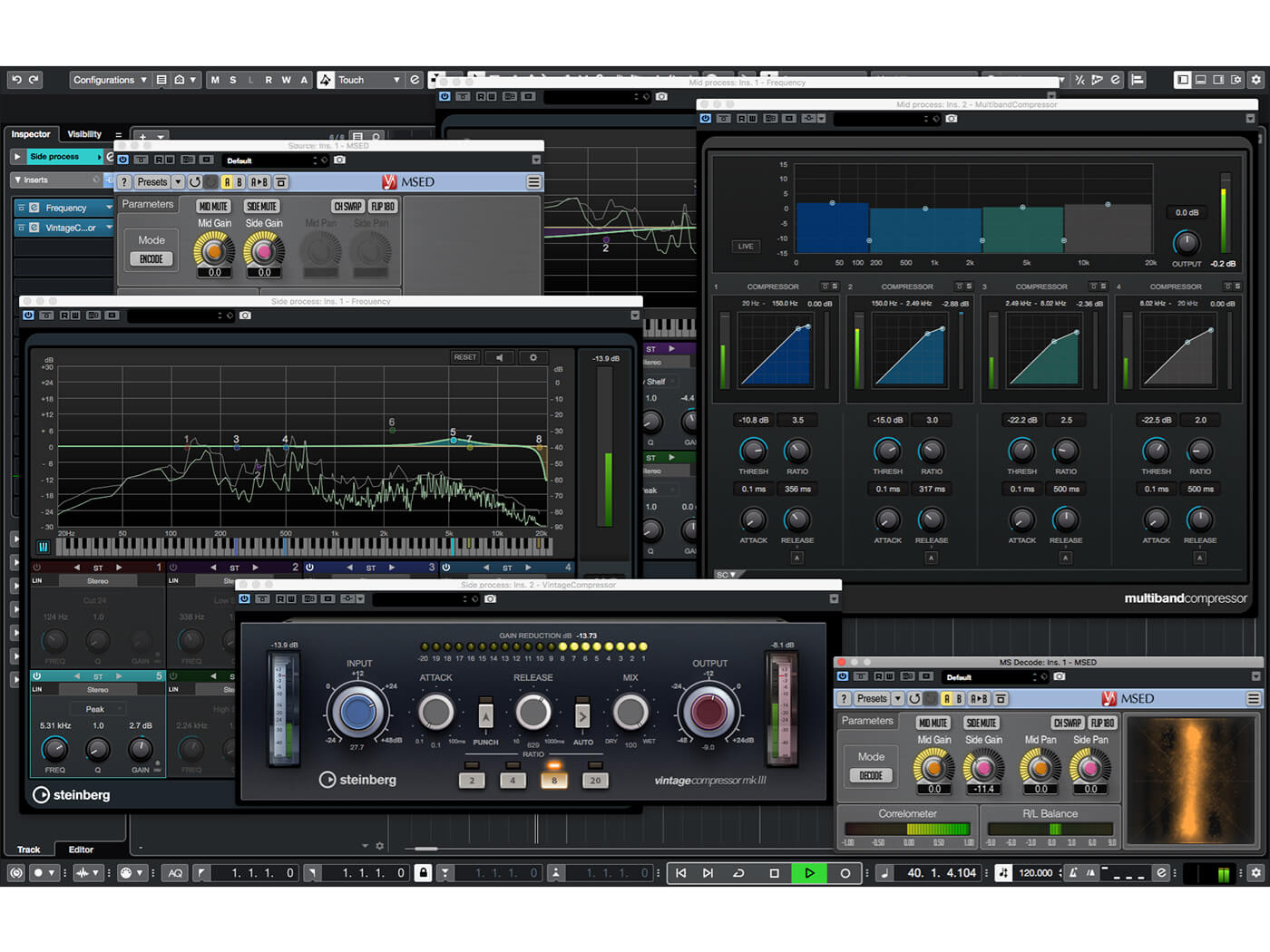

In most individuals, the circadian pacemaker does not rapidly adapt to phase shifts, as evidenced by a lack of entrainment of the core body temperature, melatonin, and cortisol rhythms to a night schedule, , –. Most shift workers experience a disruption in the temporal alignment between endogenous circadian rhythms and their atypical sleep-wake schedule. During night shifts, police officers have a 72% increased risk of injury compared to day shifts, thus leading to inflated injury-compensation claims in the shift work population. According to the 2010 National Health Interview Survey, less than 6 h of sleep per night is associated with an 86% increased risk in work-related injury compared to 7–8 h of sleep. These sleep and cognitive deficits may lead to enhanced injury risk in working environments.

Slower performance at work, –, especially when measured during the first night shift –, has also been reported. Night work has been associated with reduced sleep duration –, typically ranging from 4–7 h, symptoms of insomnia during the main sleep period, and sleepiness across wake periods, –. Longitudinal studies are required to investigate long-term clinical implications of circadian misalignment to atypical work schedules.Īccording to recent American and European surveys, between 15 and 30% of the adult population is involved in some type of shift work, with 19% of the European population reportedly working at least 2 h between 22:00 h and 05:00 h. These results suggest that the degree of circadian adaptation to night shift work is associated to different health indices. Circadian adaptation to night shift work led to better performance, alertness and mood levels, longer daytime sleep, and lower sympathetic dominance during daytime sleep. Sleep onset latency (SOL) and subjective mood levels were significantly reduced and the LF∶HF ratio during daytime sleep was significantly increased in the non-adapted group compared to the adapted group. Reaction speed was higher at the end of the waking period during the second laboratory visit in the adapted compared to the non-adapted group. The sleep duration and quality were comparable between laboratory visits in the adapted group, whereas they were reduced during visit 2 in the non-adapted group.

The subjects were considered “adapted” to night shifts if their peak salivary melatonin occurred during their daytime sleep period during the second visit. The nighttime and daytime sleep periods were scheduled during the first and second laboratory visit, respectively.
#Left right balance in wavelab 8.5 series#
The participants entered the laboratory for 48 h before and after a series of 7 consecutive night shifts in the field. Fifteen healthy police officers on patrol working rotating shifts participated to a bright light intervention study with 2 participants studied under two conditions.

Our aim was to investigate how circadian adaptation to night shift work affects psychomotor performance, sleep, subjective alertness and mood, melatonin levels, and heart rate variability (HRV).


 0 kommentar(er)
0 kommentar(er)
